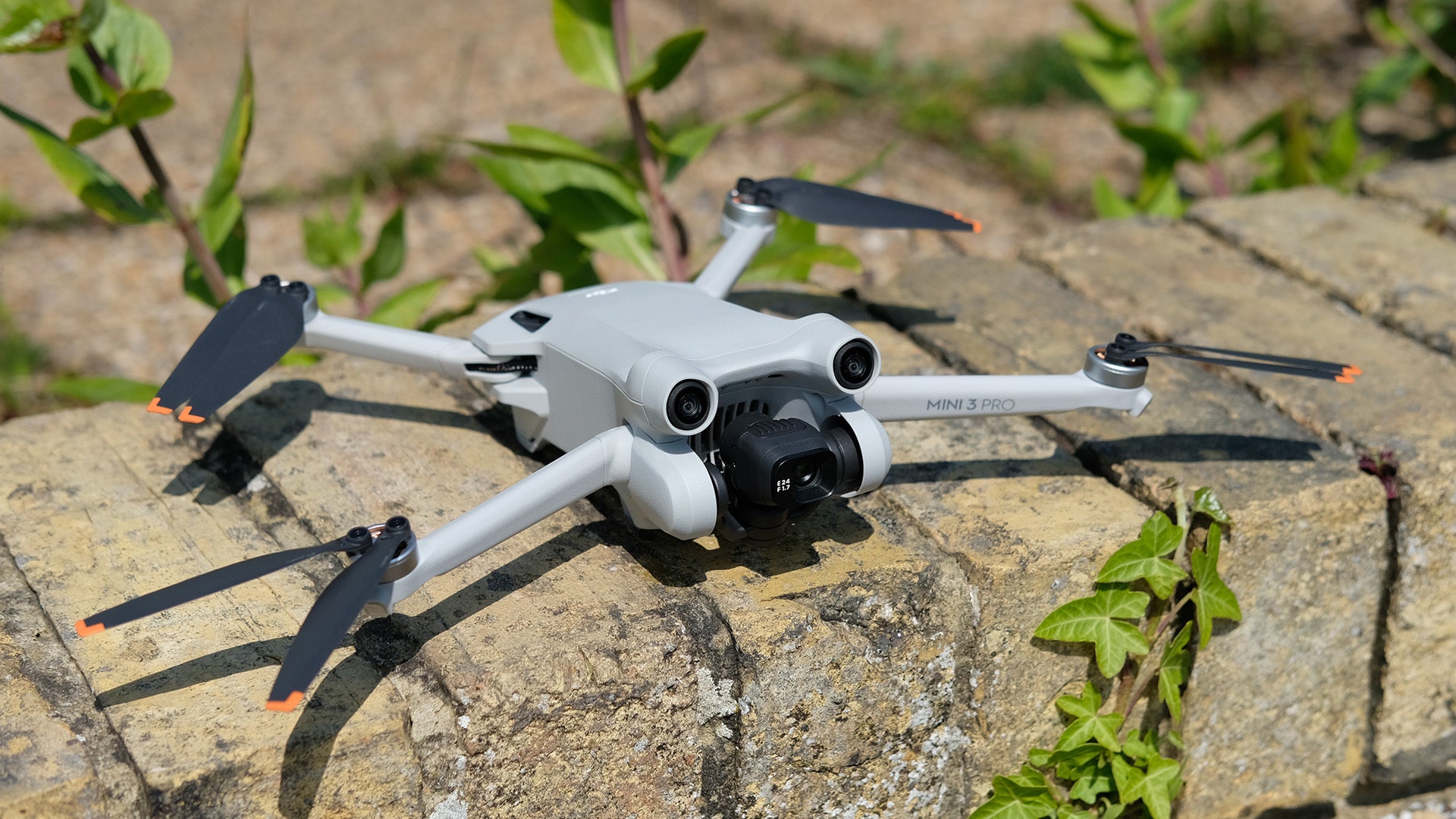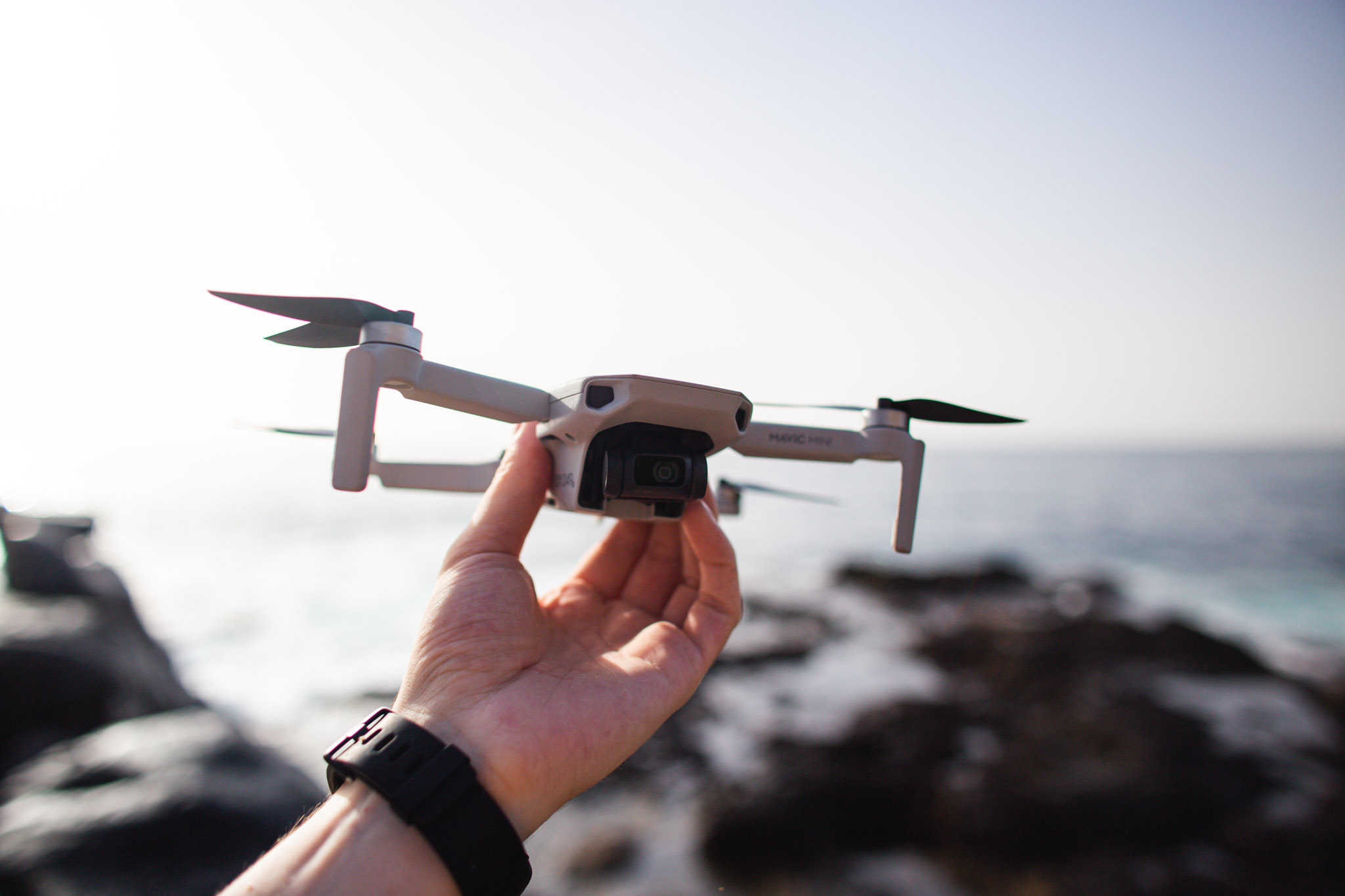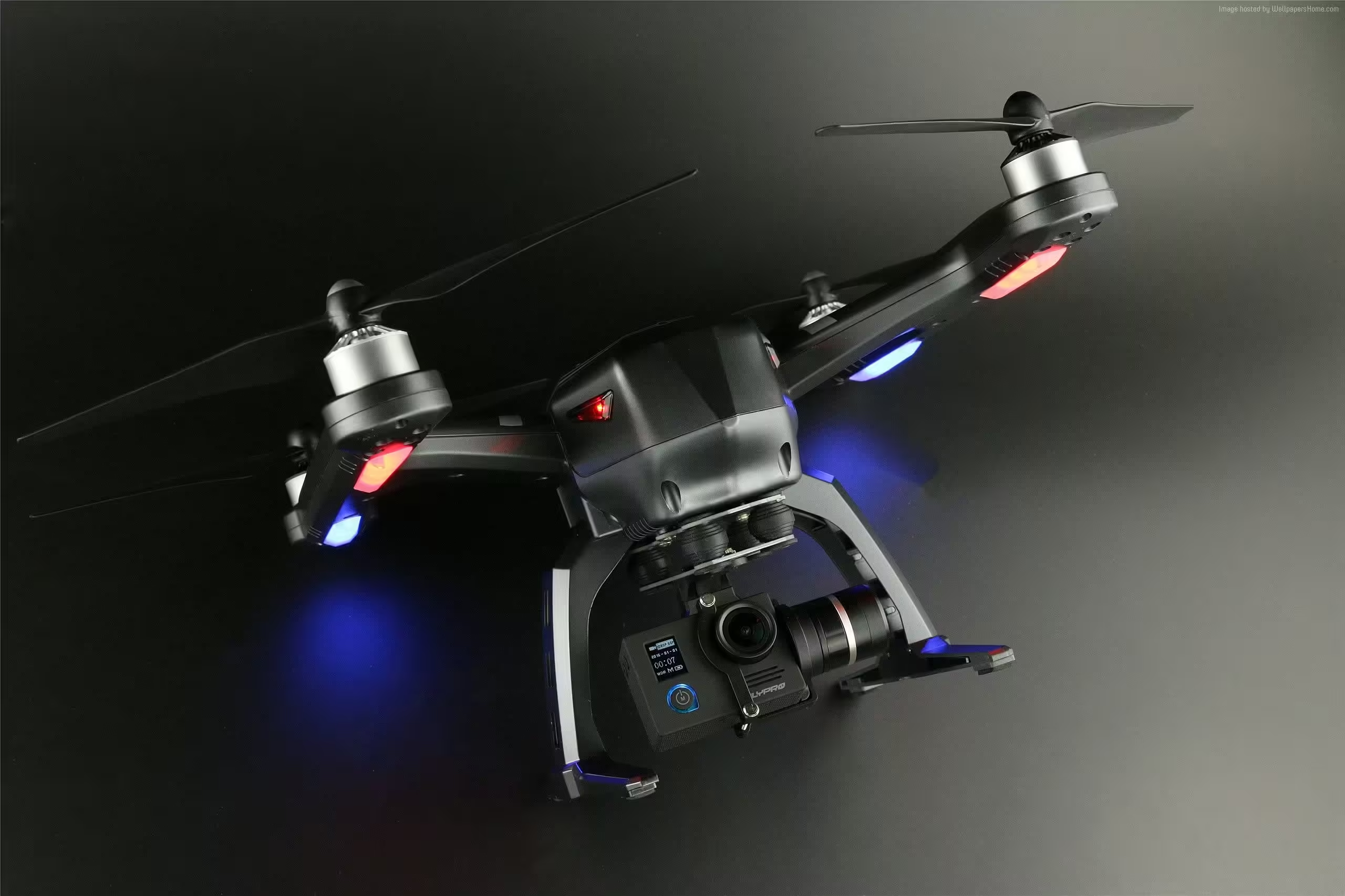Buying a drone? Drones are not just entertaining technological devices; they’re also practical artistic instruments that allow you to capture airborne footage to enhance your home videos and vlogs, and they’re a necessary component of effective real estate photography. We won’t criticize you. About ten years ago, PCMag began reviewing camera drones, and since then, the company has covered the industry with an emphasis on imagery, flight performance, and safety. We conduct our testing impartially and independently of extraneous interference.
DJI Air 3

With two cameras and a generous 46-minute battery life, the DJI Air 3 offers more varied and captivating images than its predecessor. It is also easier to fly. Since the Fly More combo option is the only one that comes with the DJI RC 2 controller—which has an integrated screen and is a significant improvement over the standard controller that uses the screen of your phone for live view—we advise going with it.
The Air 3 adds side sensing, something our prior choice was lacking, and can detect and avoid objects coming from all directions. The ActiveTrack feature, which allows the drone to follow and shoot a subject autonomously while avoiding obstacles, is now easier to use in a wider range of scenarios thanks to these improved sensing capabilities.
It can maintain its position steadily in mild conditions as well, allowing you to concentrate on your filmmaking. Furthermore, you can take the Air 3 practically anyplace. Folded, it measures 8 by 3.5 by 3.25 inches, weighs around 1.5 pounds, and fits nicely into most standard-sized backpacks.
DJI Mini 4 Pro

Our favorite drone in the past was the DJI Mini 3 Pro, which has pro-grade functionality and a lightweight construction. Although it doesn’t significantly alter the experience, the Mini 4 Pro improves upon its strengths to provide an even better one. It’s unlikely that upgrading a Mini 3 Pro is warranted if you currently have one. However, it’s a great option if you’re upgrading from a different model or purchasing your first drone from the Mini series. Its compact, foldable design and regulation-friendly takeoff weight of 249g are nearly comparable to those of the Mini 3 Pro. The 1/1.3-inch sensor is likewise the same and produces outstanding image quality.
We found it to be even more adept at controlling noise in low light thanks to processing upgrades. The new D-Log will also be welcomed by serious videographers.
We found it to be even more adept at controlling noise in low light thanks to processing upgrades. The new D-Log M color profile, which delivers more consistency with the Mavic 3, will also be welcomed by serious videographers. Because obstacle avoidance is now omnidirectional, utilizing the Mini 4 Pro indoors or in close proximity to trees is even safer than with its predecessor. We also discovered that ActiveTrack 360° is incredibly efficient, which makes it simple for novices to fly with confidence. The ideal drone bundle for a backpack is the DJI RC 2 controller option, if you can afford it.
Ryze Tello
First-time drone fliers will enjoy the Ryze Tello because it is lightweight, simple, and reasonably priced. The Tello is an inexpensive device, but it packs a lot of features: its battery lasted for a respectable 13 minutes during testing, and its downward-facing light sensors let it hover and carry out a few programmed tricks. In our assessment, we discovered that the 5MP camera positioned on the nose had less than stellar image quality, with a small dynamic range and evident compression while streaming 720p HD video to your smartphone.

Still, we thought the app was really straightforward. The Tello has an on-screen twin-stick arrangement that is rewardingly responsive, making it an easy method to pilot. Although the potential range is 100m, the actual range is closer to 30–40m, which is not a bad thing considering that the 80g Tello can get blown off course by with the smallest breeze. It’s a fun drone to fly on a quiet day because it moves quickly and responds quickly to commands. Its short range is a little constraining, but if you don’t mind jagged video, this is still the greatest beginner drone available.
Autel Evo Nano+
Our top selection for a sub-250g drone is the DJI Mini 4 Pro, but the vibrant Evo Nano+ is a good alternative if you’re looking for a little drone from a different manufacturer. Our tests revealed that its camera performance surpasses the DJI Mini 2, especially in low-light conditions, thanks to its large sensor and brilliant lens. We also discovered that locking the exposure to ISO 3200 significantly enhanced the photos after dark. Since our initial assessment of the drone, the Autel fly app has seen significant improvements, including a more simplified stills and video interface.

The Nano+ does a decent job of handling windy conditions even if it ducks under 250g. During testing, it felt quite controlled, and three-way obstacle avoidance increased our trust, even though intense sunshine occasionally produced erroneous proximity warnings. Compared to the Lite+ (above), its body feels less sturdy, but when the battery is installed, rigidity increases. All things considered, the Evo Nano+ is an excellent little drone that can record breathtaking 4K/30p footage. The Evo Nano+ is a small drone substitute that is suitable for most registration needs, so you should definitely consider it.
A few remarks regarding DJI drone privacy and security

In terms of security and privacy, drones as a category make people uneasy because they enable aerial monitoring to be accessed by anybody for a few hundred dollars. Furthermore, they raise the same concerns about personal privacy as any other linked gadget.
The DJI apps have access to a lot of data on your phone in order to offer features like geofencing, which assists pilots in adhering to federal restrictions regarding where they are allowed to fly drones. That may be cause for concern, particularly in light of the frightening revelations that have revealed possible security holes in DJI drones.
The US government listed DJI as an entity in 2020, which meant that US companies could not give DJI technology but DJI could still sell drones in the US. There are also claims that the company supplied drone technology for the surveillance of Chinese detention camps.
Furthermore, users of iOS devices can download the DJI Fly app directly from the App Store, while users of Android devices are unable to do the same from the Google Play store. Android users have to download it from the DJI website instead.
DJI claims not to sell user information. That statement does not, however, exclude the corporation from exchanging data with outside parties, as the company’s intricate privacy policy implies it may be permitted to do. Additionally, information is now listed in its iOS app under Apple’s “Data Used to Track You” banner, implying that data sharing—possibly for advertising—occurs.
Even while they can seem a little unsettling, features like geofencing and the ability to view your images and videos within the DJI Fly app have real practical uses. Turning them off, which DJI lets you do, prevents you from receiving alerts about airspace that is subject to federal regulation, prevents you from finding your drone in case it disappears, and prevents you from viewing your images and videos unless you insert your memory card into a computer.
Avoid Drones to Save Money

Regretfully, you usually get what you paid for. Although I enjoyed flying two of the less than $100 models I tested, the images and videos they produced were hot rubbish. Their long-term durability is another thing that worries me. While saving up for DJI’s Mini 2, I believe the majority of people would be better off purchasing one of the tiny toy drones mentioned above. However, these “toy” drones might be worth a look if you don’t care about making content, just want to fly for pleasure, and don’t mind taking a chance.
The Mavic Air 2 is still available in some retailers, but considering how much better the Air 2S is for not much more money, it’s hardly worth it.
DJI’s Phantom 4 has been removed from our list because, although it may still be a useful drone in certain specialized markets, DJI’s more recent folding drones are a better value for your money. It’s just an old drone, nothing wrong with it.
The market for “toy” drones is another. Drones in the $50 to $150 price range are widely available on the internet. This is due to two factors. First off, high-quality drones continue to be pricey. Our least expensive option is $400. However, since cellphones and drones share many parts, CPUs, camera sensors, and small lenses are inexpensive when purchased in bulk. That generates a million copies.



2 thoughts on “Exploring the Best Drones of 2024: From Photography to Racing”